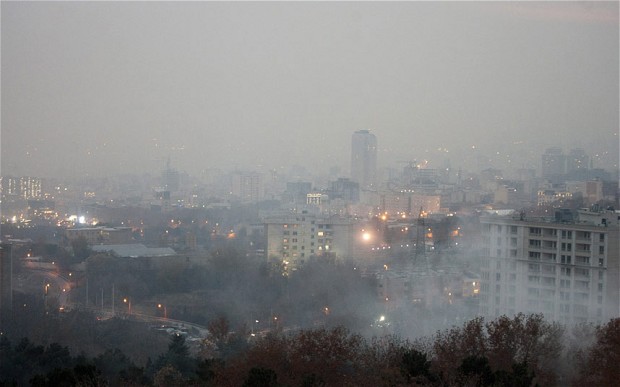Light from the sun can produce energy that powers an entire home. Solar panels use the most powerful but free energy source in nature.
Solar energy is a renewable source. It reduces the carbon footprint of your home. Your electricity bills can greatly reduce after installing solar panels. There can be complete riddance from them if solar energy is the sole electricity source.
Once that investment is made, you can save a lot on regular expenditures. However, is this the best solution for your home?
Let’s find out if it is the best option for your home among rising electricity prices.
Costs of a Solar Panel?
If you are an environmentally-conscious person, changing your electricity source to solar power is one of the changes you can immediately bring.
It not only reduces cost but can also bring down the carbon footprint while increasing home values. Hence, you can get money when you sell extra power back to the grid.
The installation and maintenance costs are still high enough to reconsider solar power for many.
Consider the costs and how much energy it produces after installing it throughout the house. Compare it with what you would pay for electricity bills for the same amount of energy.
Calculate how many years it would take for the investment costs to pay itself in the saved costs of the electricity. Then decide if the investment is worth it.
Navigate Your Home’s Energy Efficiency
Before you install Smart Solar Energy in Newberg, Oregon, navigate the amount of energy you can save. Carry out a home energy audit to know where you are losing energy and how you can make the use more efficient. For instance, switch your lighting with energy-efficient LED bulbs.
You should also analyze the usage of electronics and appliances. Either replace them with highly efficient products or reduce their usage.
Note the energy use spent on heating and cooling your house. You will also need a significant amount of solar energy to meet that energy usage.
Weatherize your home and use cooling and heating appliances efficiently instead.
Benefits of Solar Panel
Working towards a green home by installing solar panels is not only beneficial to the owner but also for the environment.
A solar-powered home will reduce its carbon footprint. Besides that, it will also eliminate harmful emissions from the house. The market value of your home increases by installing solar panels. In fact, you can also earn money by selling the excess energy the solar panels produce.
Solar panels have a long lifespan working efficiently, up to 25 years. It is a long-term investment that will be covered in a few years. You also get green, clean energy throughout your home. You will no longer have to worry about power cuts or load shedding.
What Affects The Efficiency of Solar Panels?
If your solar panels are not working properly, external factors can affect their efficiency.
Suitability of Roof
Solar panels install on the roof, so it is essential to understand whether your roof can bear the weight of the panels. Wooden and slate roofs will be too brittle to handle up to 280 kg weight of the panels.
You need to consider the space alongside the weight. The panels need around 30 cm of space. Therefore, the roof should be spacious enough to hold it.
A 4kW solar system contains 16 panels which occupy up to 29-meter square space. Is your roof suitable for providing as much space?
Maintaining the Panels
Solar panels do not require as much maintenance. However, you would want them to work for 25 to 30 years without trouble.
This is why you must routinely call a certified service provider or installer to check the solar panels. On your own end, you can ensure there is no dust, leaves, or branches blocking them.
Location and Angle
Solar panels need sunlight exposure from 9 am to 3 pm. Is the system placed in the most appropriate location where it receives maximum sunlight?
South facing direction is the most suitable for the solar panels ensuring they get maximum sunlight. After all, the angle and orientation of the roof affect the exposure to sunlight.
Solar Panel Size
Calculate the size of solar panels required by considering the size of the roof and your home’s energy requirements. The greater size of the panel corresponds to more electricity generation.
You can also choose efficient solar panels. For instance, monocrystalline panels are more efficient than polycrystalline systems. In that case, fewer solar panels generate more energy, and you will not need many.
Final Takeaway
Installing solar panels in your home is entirely your choice. You should first consider your budget and energy needs and then decide to install these panels. However, know that in the long term, it is an energy-efficient system that will improve the environment for future generations.






























